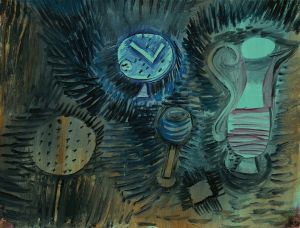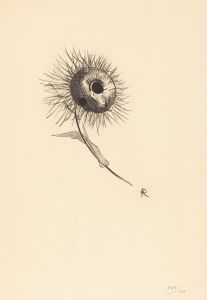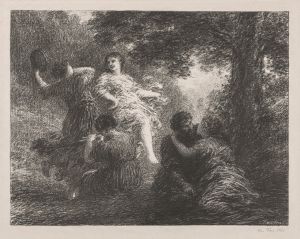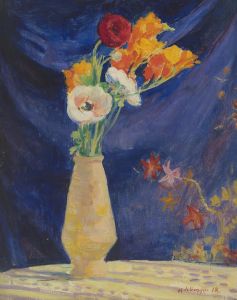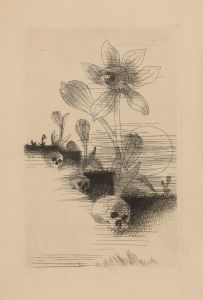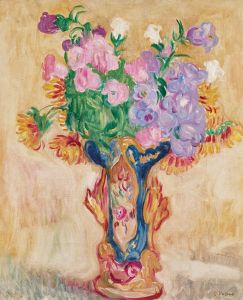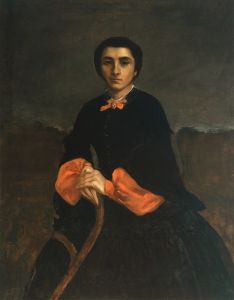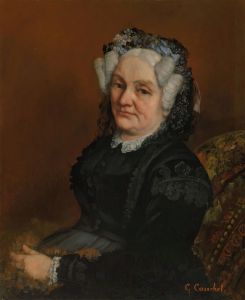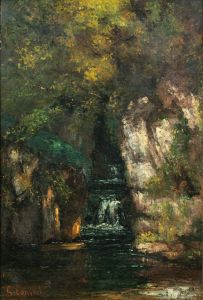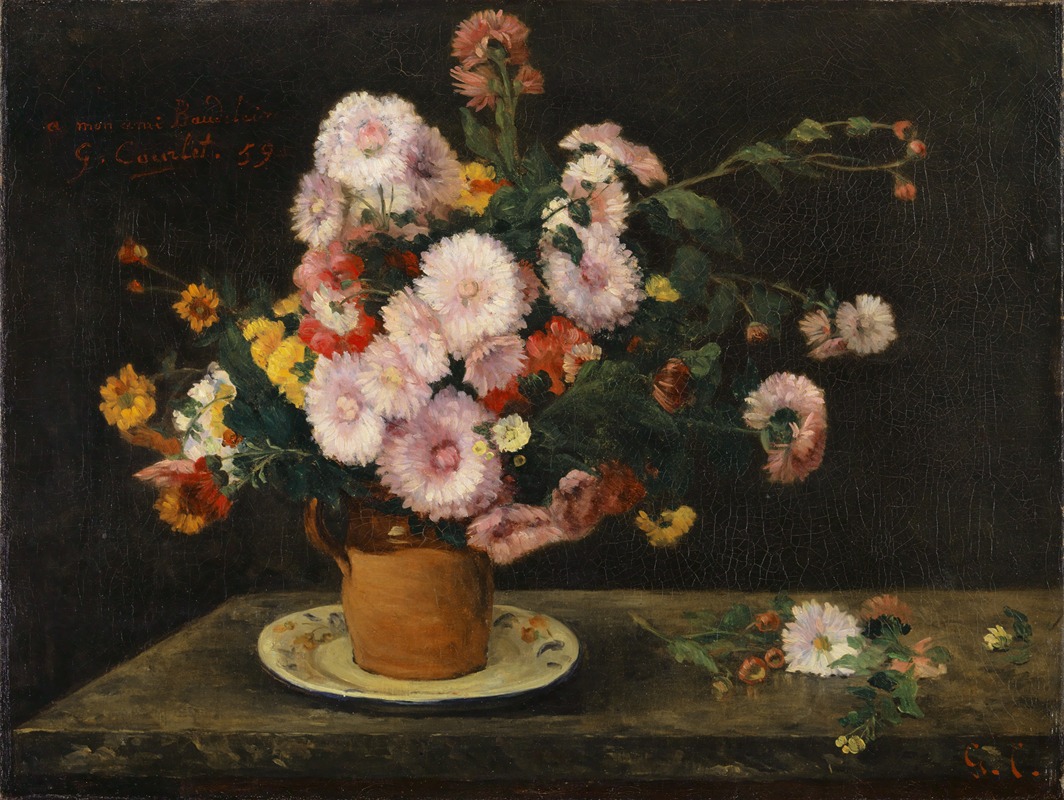
Bouquet Of Asters
A hand-painted replica of Gustave Courbet’s masterpiece Bouquet Of Asters, meticulously crafted by professional artists to capture the true essence of the original. Each piece is created with museum-quality canvas and rare mineral pigments, carefully painted by experienced artists with delicate brushstrokes and rich, layered colors to perfectly recreate the texture of the original artwork. Unlike machine-printed reproductions, this hand-painted version brings the painting to life, infused with the artist’s emotions and skill in every stroke. Whether for personal collection or home decoration, it instantly elevates the artistic atmosphere of any space.
Bouquet of Asters is a painting by the renowned French artist Gustave Courbet, who was a leading figure in the Realist movement of the 19th century. Courbet is celebrated for his commitment to painting realistic scenes of everyday life, often focusing on the rural and working-class subjects of his native France. His work challenged the conventions of the time, which were dominated by Romanticism and its emphasis on idealized subjects and dramatic compositions.
Bouquet of Asters, created in 1866, is an exemplary piece that showcases Courbet's skill in still life painting, a genre he occasionally explored alongside his more famous landscapes and portraits. The painting depicts a simple yet elegant arrangement of asters, a type of flowering plant known for its star-shaped blooms, which are often associated with autumn. The choice of asters as the subject matter reflects Courbet's interest in capturing the beauty of nature in its unembellished form.
In Bouquet of Asters, Courbet employs a naturalistic approach, focusing on the texture, color, and form of the flowers. The composition is straightforward, with the bouquet placed centrally against a muted background, allowing the viewer to appreciate the intricate details of the petals and leaves. Courbet's use of light and shadow adds depth to the painting, enhancing the three-dimensionality of the flowers and giving them a lifelike presence.
The painting is characterized by Courbet's distinctive brushwork, which is both bold and precise. He uses a rich palette to convey the vibrant hues of the asters, ranging from deep purples and blues to soft pinks and whites. This attention to color and texture is a hallmark of Courbet's style, demonstrating his ability to capture the essence of his subjects with both accuracy and artistry.
Bouquet of Asters is part of a broader tradition of still life painting that gained popularity in the 17th century, particularly in the Netherlands. However, Courbet's interpretation of the genre is uniquely his own, as he infuses the work with a sense of realism and immediacy that sets it apart from the more decorative and symbolic still lifes of earlier periods. By focusing on the simple beauty of the asters, Courbet invites viewers to appreciate the natural world in its purest form.
This painting is housed in the Musée d'Orsay in Paris, which is home to an extensive collection of 19th-century art, including many works by Courbet. The museum's collection provides valuable insight into the development of modern art and the pivotal role that artists like Courbet played in shaping its trajectory.
Bouquet of Asters exemplifies Courbet's mastery of still life and his dedication to realism. It reflects his belief in the importance of depicting the world truthfully, without embellishment or idealization. Through this work, Courbet not only captures the beauty of a simple bouquet of flowers but also underscores the significance of observing and appreciating the everyday wonders of the natural world.





